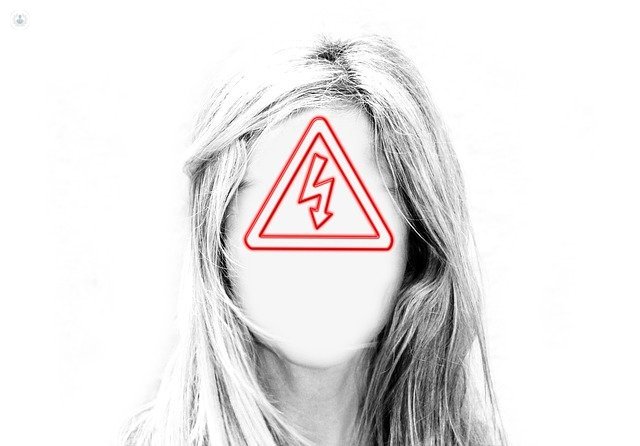Cluster headache: the headache more painful
Written by:Cluster headache is a rare condition occurring between 150 and 200 cases per 100,000 population. Unlike primary headaches such as migraine and tension headaches, incidence occurs mainly in young men between 20 and 50 years, smokers and, in some cases, family history appears. In the following article Dr.. Mateos Marcos reveals this ailment.
Cluster headache: definition
 Cluster headache is one of the most disabling headaches that exist. Just hearing the shocking descriptions that patients who suffer to understand why no agreement to consider this entity as "the most painful" of all headaches and why they have coined meanings of style "headache suicide" expressing, in a highly graphical form, so its presence can lead to sufferers.
Cluster headache is one of the most disabling headaches that exist. Just hearing the shocking descriptions that patients who suffer to understand why no agreement to consider this entity as "the most painful" of all headaches and why they have coined meanings of style "headache suicide" expressing, in a highly graphical form, so its presence can lead to sufferers.
As the number refers crisis there is a wide variability from person to person. In general the active phases of the disease (hence the term clusters) have a duration of between 2 and 8 weeks following the inactive phase more imprecise duration (weeks, months or even years) although most patients suffer relapses annual or biennial. At the other extreme, in some patients the headache is chronic from the outset or becomes chronic after several clusters.
Symptoms of cluster headache
The typical location of this headache is pain around the eye (periorbital level) and it always hurts on the same side (unilaterally). Symptoms associated with it are very characteristic, such as tearing and eye redness, swelling or drooping eyelid and the corresponding feeling of nasal obstruction (the same side of pain).
The main features of cluster headache is the onset of pain acutely and reaching maximum intensity in minutes. The average duration of crises usually 60 minutes, but the band is comprised accepts between 15 and 180 minutes (three hours). Expressions like "it's like I nailed a punch" or "I feel that bore the eye" are very common and merely translate the speaker what is going on in that head. This situation is common that the patient is restless and uneasy (sometimes stirring) as opposed to migraine patient seeking tranquility in an atmosphere of gloom and silence.


